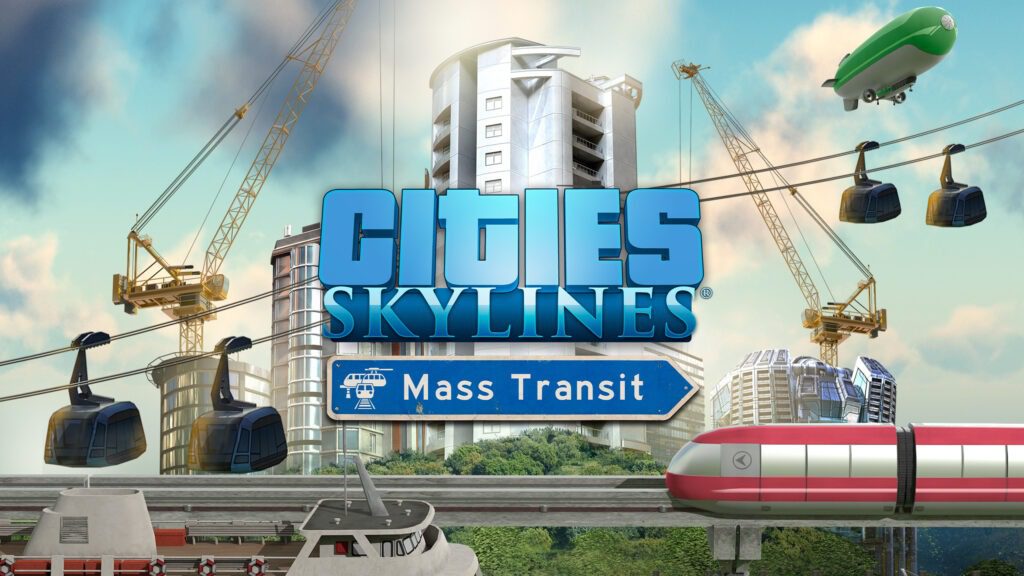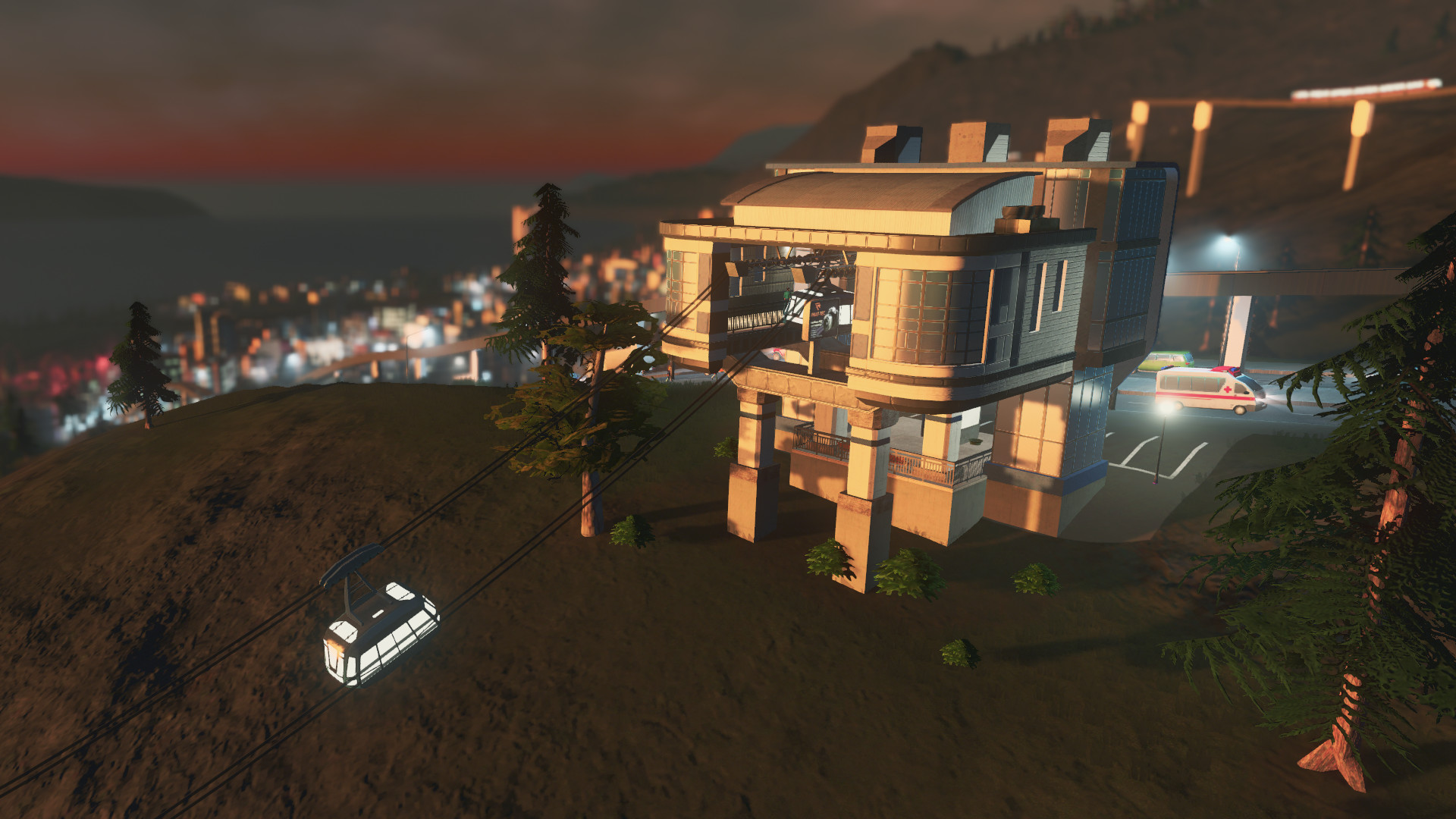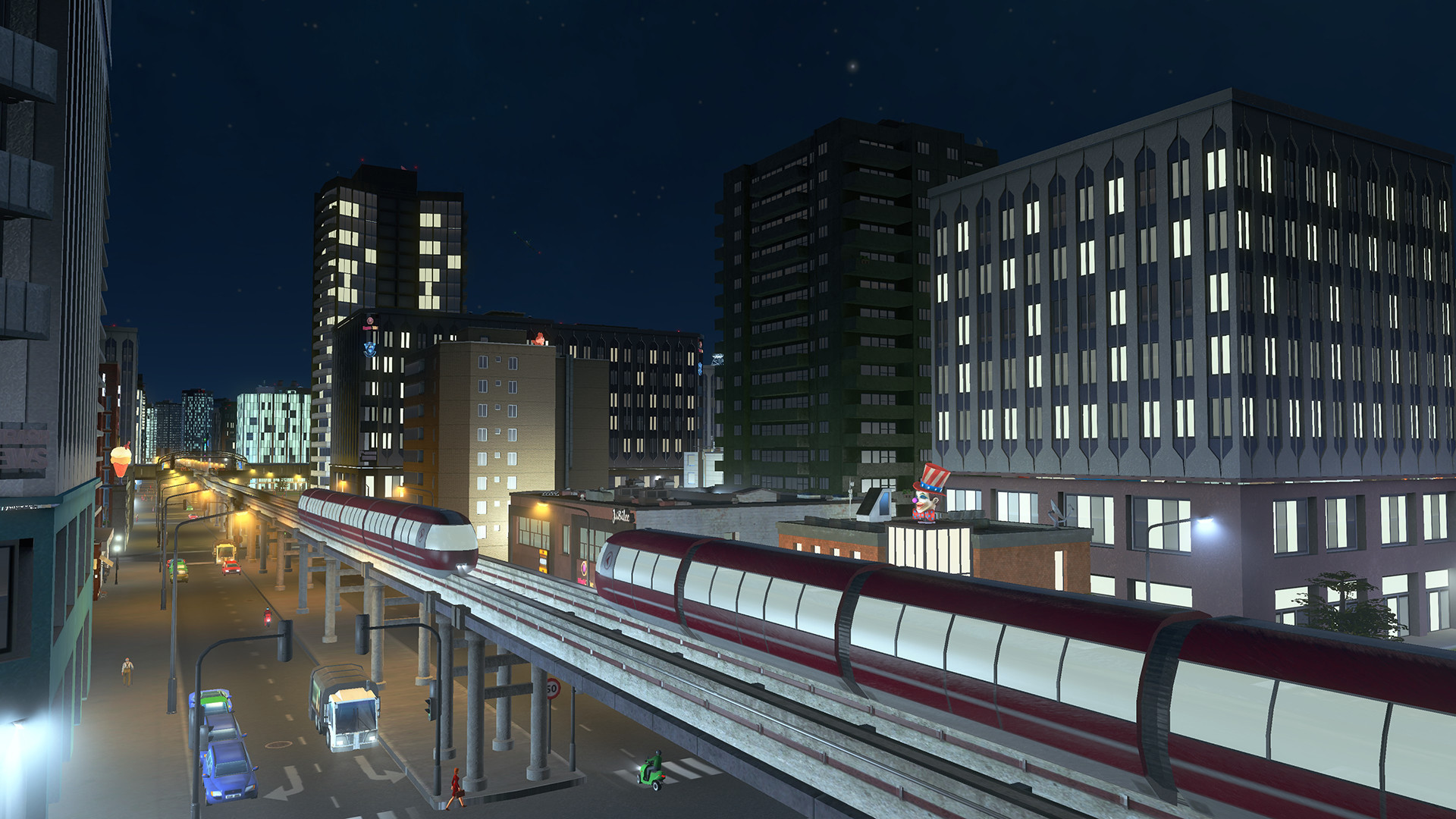
Public transportation is an integral part of urban development, and in the popular city-building game, Cities Skylines Mass Transit, it plays a crucial role in managing traffic flow and ensuring the smooth operation of cities. As players take on the role of urban planners, they must navigate through various challenges to create efficient transit systems that can support the growing needs of their virtual cities. In this blog, we will explore the basics of Cities Skylines Mass Transit, the importance of public transport within the game, its features, gameplay mechanics, and strategies for effective transit planning. Whether you’re new to the game or a seasoned player looking to improve your transit networks, this blog will provide valuable insights to help you master public transport in Cities Skylines Mass Transit.
Understanding the Basics of Cities Skylines Mass Transit
Cities Skylines Mass Transit is an expansion pack for the base game, offering a wealth of new transit options and systems for players to explore. Whether you choose to play with or without the game pass, mass transit becomes a central element of city development. The expansion introduces various new transit modes, challenges, and opportunities, providing players with an enhanced urban planning experience.
The Concept Behind the Game
Developed by Colossal Order, Cities Skylines Mass Transit embodies the unique style of the Skylines series, which focuses on the intricacies of city building and management. The game offers players the freedom to design, develop, and maintain their virtual urban landscapes. With Mass Transit, the developers have honed in on the importance of public transportation, allowing players to delve into the complexities of transit systems and their direct impact on traffic flow, commuters, and overall city functionality.
Importance of Public Transport in the Game
In Cities Skylines Mass Transit, traffic problems can quickly arise if public transport is not efficiently planned and implemented. As cities grow, so does the demand for efficient transit options. Public transport plays a crucial role in mitigating traffic congestion, providing a convenient and reliable mode of transportation for commuters. By prioritizing public transport, players can improve traffic flow, reduce congestion, and cater to the needs of their city’s population. Mastering public transport systems is pivotal to creating thriving cities in the game, ensuring efficient commuting options for residents, and boosting the city’s overall functionality.

Features of Cities Skylines Mass Transit
Cities Skylines Mass Transit introduces an array of new transit options that enhance gameplay and offer players a wealth of choices when it comes to building their city’s transportation infrastructure. From metros to ferries, monorails, and canals, the expansion pack provides an extensive range of transit systems to incorporate into city planning. With these new transit options, players can create unique and diverse transportation networks, enriching the lives of virtual citizens and propelling their cities to new heights of success.
Diverse Modes of Transport
Cities Skylines Mass Transit expands the game’s transit options, allowing players to experiment with different modes of transport. The addition of new systems such as metros, ferries, monorails, and canals offers players greater flexibility in designing their city’s transit networks. Each mode of transport comes with its own set of advantages, challenges, and considerations, offering players the opportunity to create unique transportation landscapes tailored to their city’s needs. By harnessing the power of these diverse modes of transport, players can effectively manage traffic flow, improve accessibility, and create efficient transit systems that support their city’s growth and development.

Benefits of Efficient Mass Transit
Efficient mass transit systems can have a profound impact on a city’s income, functionality, and overall success in Cities Skylines Mass Transit. By providing efficient and well-connected transit options, players can attract more commuters, reduce congestion, and boost economic growth within their virtual cities. Additionally, successful mass transit systems can lead to the introduction of new road types, further enhancing traffic flow and creating a more sustainable urban environment. Prioritizing efficient transit not only benefits commuters but also contributes to the overall livability and prosperity of the city, making it an essential aspect of successful city planning in the game.
Strategies for Traffic Management
Effectively managing traffic flow is vital to ensure the smooth operation of cities in Cities Skylines Mass Transit. To optimize traffic management, here are some strategies to consider:
- Implement a mix of transit systems to cater to different commuting needs.
- Design well-connected transit networks that minimize travel time and congestion.
- Utilize traffic management tools, such as road layout adjustments, to alleviate bottlenecks.
- Develop strategies for efficient traffic flow around mass transit hubs.
- Regularly monitor traffic patterns and make adjustments to transit routes as needed.

Gameplay Mechanics
Cities Skylines Mass Transit offers engaging gameplay mechanics that challenge players to think like urban planners. From functionality to aesthetics, every aspect of their transit systems must be carefully considered. The game provides players with tools and options to strategically build and manage transit infrastructure, allowing them to fine-tune their city’s functionality and optimize transit networks. Balancing the needs of commuters, traffic flow, and city aesthetics becomes a rewarding challenge for those seeking to excel in city building in the game.
Building and Managing Transit Systems
Building and managing transit systems is a core aspect of Cities Skylines Mass Transit. Players can construct mass transit hubs, which serve as central transportation hubs for commuters, connecting multiple modes of transit. Additionally, new transit service buildings, such as transit stations and depots, can be developed to support the efficient operation of transit systems. By strategically placing transit buildings and designing effective transit routes, players can ensure seamless connectivity and convenience for their virtual citizens.

Increasing City Population Using Mass Transit
Leveraging mass transit effectively can play a significant role in increasing city population in Cities Skylines Mass Transit. Efficient and reliable transit options can attract more residents, as they provide convenient and accessible modes of transportation between different city areas. From high mountain peaks to the addition of ferries, incorporating various transit options can create unique commuting experiences for virtual citizens, making the city more appealing to potential residents. By expanding transit systems alongside city development, players can foster population growth and create thriving urban centers.
Balancing Budget and Infrastructure
Balancing budget and infrastructure is a crucial aspect of successful city development in Cities Skylines Mass Transit. Players face a set of new challenge scenarios, including financial constraints, requiring careful planning and decision-making. Striving for a harmonious balance in budget allocation is vital, as players need to ensure that infrastructure improvements are sustainable and align with available financial resources. By effectively managing costs and prioritizing transit development, players can maintain a steady financial footing and propel their cities forward without compromising long-term growth.

Tips and Tricks for Effective Transit Planning
In Cities Skylines Mass Transit, effective transit planning can make a significant difference in the success of a city. Here are some tips and tricks to optimize transit systems:
- Explore new ways of integrating different transit modes, such as creating mass transit hubs that connect rail lines, metro stations, and bus stops.
- Utilize new transit systems, including ferries, monorails, and canals, to provide alternative transport options for commuters.
- Prioritize accessibility and connectivity by strategically placing transit buildings and establishing well-connected transit routes.
- Take advantage of new landmarks and hop-on-hop-off services to enhance the functionality and attractiveness of transit systems.
Making Use of All Modes of Transport
To create effective transit networks in Cities Skylines Mass Transit, it’s important to make use of all available modes of transport. Consider the following strategies:
- Construct new mass transit hubs that serve as central transportation hubs, connecting multiple modes of transit.
- Integrate rail lines into transit networks to provide high-capacity and high-speed transit options.
- Utilize the various transit options, such as ferries, monorails, and buses, to cater to different commuting needs.
- Enhance traffic flow by leveraging the unique capabilities of each mode of transport.
- Create comprehensive transit systems by linking mass transit hubs, rail lines, and other transit options together.
Ensuring Accessibility and Connectivity
Accessibility and connectivity are key factors in designing effective transit systems in Cities Skylines Mass Transit. Consider the following tips:
- Foster easy access to transit nodes for all residents, ensuring that transit stops are conveniently located throughout the city.
- Establish seamless connections between different transit systems, such as rail lines and bus routes, to provide efficient intermodal transfers.
- Enhance mobility by building new landmarks, such as stadiums or tourist attractions, near transit hubs, increasing transit ridership.
- Implement hop-on-hop-off services to encourage commuters to utilize transit options efficiently.
- Create an integrated network of transit services to ensure connectivity between different areas of the city, improving overall accessibility.

Case Study: Successful Cities and Their Transit Systems
Examining successful cities and their transit systems can provide valuable insights for better transit planning in Cities Skylines Mass Transit. By analyzing city layouts and transit networks, urban planners can extract lessons and apply best practices to their own city creations. Learning from top players who have excelled in city-building simulations can inspire new strategies and creative transit solutions, leading to more efficient and successful transit networks.
Analysing City Layouts and Transit Networks
Analyzing city layouts is crucial to maximize transit network efficiency and functionality. By studying successful cities, valuable lessons can be learned for effective transit planning. It’s essential to assess how city structure impacts transit network effectiveness and plan accordingly. Optimizing transit networks through a thorough analysis of city layouts can lead to improved transportation systems. Utilizing new transit systems and mass transit hubs can address traffic problems and set new challenges for urban planners.
Lessons to Learn from Top Players
Learning from top players in Cities Skylines Mass Transit can provide valuable lessons for transit planning. By studying their best practices, strategies, and gameplay experiences, new players can gain insights into effective transit management. Seasoned transit planners can offer expert advice and knowledge based on their successful gameplay experiences. Extracting valuable lessons from these top players can help all players improve their city-building skills, optimize transit networks, and create more successful and thriving urban environments.

How Can Better Transit Planning Lead to a More Successful City?
Better transit planning is a fundamental factor in creating more successful cities in Cities Skylines Mass Transit. By prioritizing efficient transit systems, urban planners can enhance city livability, functionality, and overall quality of life for virtual citizens. Improved transit connectivity and efficiency can attract more residents, boost economic growth, and contribute to a more sustainable urban environment. With better transit planning in place, cities can thrive, residents can enjoy convenient transportation options, and the city’s overall success will be evident in its prosperous and well-functioning transit systems.

Is Cities Skylines Mass Transit More than Just a Game?
Cities Skylines Mass Transit offers players more than just a game; it provides an immersive experience that mirrors real-world transit challenges. From colossal order, the game’s developer, came the inspiration to create a city-building simulation that allows players to step into the shoes of urban planners and tackle complex transit issues. Whether playing on PlayStation, PC, or with additional downloadable content, Cities Skylines Mass Transit offers an educational journey, teaching urban planning principles through engaging gameplay mechanics. Beyond being a game, it serves as a platform for players to explore sustainability, urban development, and the intricacies of transit planning in the virtual world.

Conclusion
In conclusion, mastering public transport in Cities Skylines Mass Transit is a key aspect of building a successful and thriving city. Understanding the basics, utilizing diverse modes of transport efficiently, and implementing effective traffic management strategies are crucial for city growth. By balancing budget considerations with infrastructure development and focusing on enhancing accessibility and connectivity, you can create a city that not only functions well in the game but also mirrors real-world urban planning challenges. Learning from successful cities and top players can provide valuable insights into optimizing transit systems for maximum efficiency and city expansion. Ultimately, better transit planning leads to a more prosperous and functional city in Cities Skylines Mass Transit.





